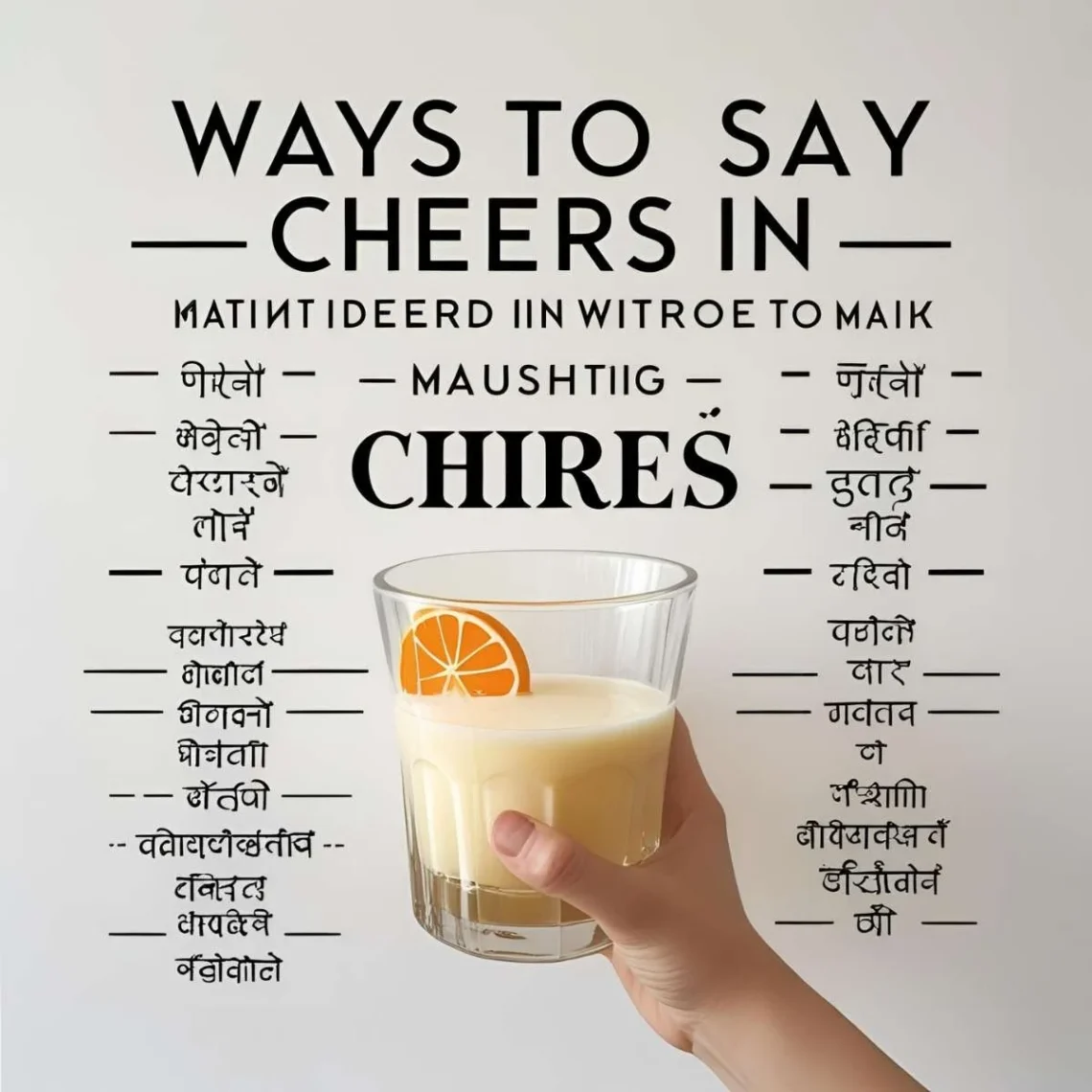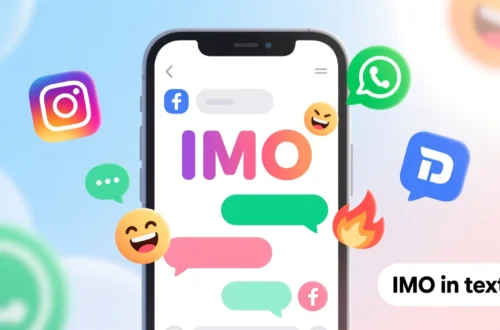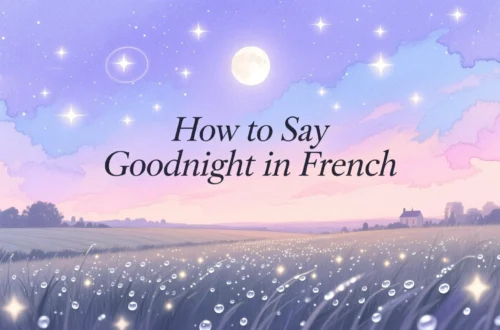Picture clinking glasses with friends in a cozy Munich beer hall, raising a hearty “Prost!” to celebrate life’s simple joys. That single word, “cheers,” carries a universal spirit of camaraderie and festivity, yet it transforms across cultures.
Whether it’s a vibrant “Salud!” in a Mexican cantina or a warm “Kampai!” in a Tokyo izakaya, the term for “cheers” reflects a shared desire to connect, shaped by each culture’s unique traditions.
Let’s embark on a global journey to explore how people toast with “cheers” in different languages and what these expressions reveal about their societies.
Reference Table: “Cheers” in Different Languages
| Language | Word/Phrase | Cultural/Linguistic Insight |
|---|---|---|
| French | Santé | Means “health,” wishing well-being to all. |
| Spanish | Salud | Also means “health,” a common toast in Spain and Latin America. |
| Italian | Cin cin | Mimics the sound of clinking glasses, used casually. |
| German | Prost | Derived from Latin “prosit” (may it benefit), a festive toast. |
| Mandarin | Gānbēi (干杯) | Literally “dry cup,” encouraging finishing the drink. |
| Hindi | Cheers | Borrowed from English, often used in urban settings. |
| Japanese | Kampai (乾杯) | Means “dry cup,” a lively call to drink together. |
| Korean | Geonbae (건배) | Similar to “dry cup,” used in social gatherings. |
| Arabic | Fī siḥḥatak (في صحتك) | Means “to your health,” used in over 20 countries. |
| Swahili | Afya | Means “health,” a warm toast in East Africa. |
| Zulu | Impilo | Means “health” or “life,” a joyful wish in South Africa. |
| Yoruba | Alafia | Means “peace” or “health,” reflecting positivity in Nigeria. |
| Maori | Kia ora | Means “be healthy,” used in New Zealand toasts. |
| Hawaiian | Kāmau | A call to drink together, tied to aloha spirit. |
| Cherokee | Alihelisdi | Means “happiness,” used in celebratory toasts. |
European Languages: Toasts of Joy and Tradition
European languages express “cheers” with terms that blend festivity and goodwill. For instance, in French, “santé” (health) is a heartfelt wish for well-being, used in both intimate dinners and lively bistros. Meanwhile, Spanish speakers say “salud,” also meaning “health,” a versatile toast heard from Spain to Mexico, often paired with warm smiles. Additionally, Italian uses “cin cin,” mimicking the sound of clinking glasses, a playful term that captures Italy’s love for conviviality. In German, “Prost” comes from Latin “prosit” (may it benefit), a robust toast in beer halls that reflects Germany’s festive spirit. Thus, these terms show Europe’s blend of heartfelt wishes and celebratory energy, from poetic French to jovial German.
Asian Languages: Celebratory Calls to Unity
Asia’s diverse languages offer vibrant ways to say “cheers,” often tied to communal joy. For example, in Mandarin, “gānbēi” (dry cup) encourages finishing one’s drink, reflecting China’s emphasis on shared experiences at banquets. In Hindi, urban settings often adopt the English “cheers,” but traditional toasts might use phrases like “swasthya” (health) in rural India. Similarly, Japanese uses “kampai” (dry cup), a lively call to drink together, heard in izakayas across Tokyo. In Korean, “geonbae” (dry cup) carries a similar spirit, aligning with South Korea’s love for social gatherings. Finally, Arabic’s “fī siḥḥatak” (to your health), used in over 20 countries like Egypt and Lebanon, conveys warmth and goodwill, rooted in the region’s hospitality. These terms highlight Asia’s range, from exuberant group toasts to heartfelt wishes.
African Languages: Toasts Rooted in Community
In African languages, “cheers” often reflects communal values and positivity. For instance, Swahili, spoken in over 20 countries like Kenya and Tanzania, uses “afya” (health), a warm toast that resonates in social gatherings. In Zulu, “impilo” (health or life) is a joyful wish in South Africa, often shared during celebrations. Similarly, Yoruba’s “alafia” (peace or health) in Nigeria conveys a deep wish for well-being, reflecting the culture’s communal spirit. These terms, used in vibrant settings like weddings or markets, emphasize shared joy and connection across African communities.
Indigenous & Island Languages: Celebrations of Togetherness
Indigenous and island languages express “cheers” with simplicity and unity. For example, Maori in New Zealand uses “kia ora” (be healthy), a versatile toast that reflects the culture’s focus on well-being. In Hawaiian, “kāmau” calls for drinking together, embodying the aloha spirit of warmth and inclusion. Similarly, Cherokee’s “alihelisdi” (happiness) is used in Native American communities to celebrate shared moments. In Samoan, phrases like “manuia” (blessing or health) reflect the Pacific’s communal approach, often used in group toasts. Across these cultures, from New Zealand to the Cherokee Nation, “cheers” emphasizes connection, often tied to traditional rituals.
Cultural Insights: The Evolution of Toasting
Words for “cheers” have evolved with cultural practices. For instance, the German “Prost” traces back to Latin “prosit,” used in medieval Europe to wish health. In Arabic, “fī siḥḥatak” reflects ancient hospitality traditions, still vibrant in Middle Eastern feasts. Moreover, in African languages like Swahili, “afya” ties to communal celebrations, shaped by trade and cultural exchange. In Asia, terms like “gānbēi” and “kampai” emerged from historical banquets, emphasizing unity. These words carry histories of ritual, trade, and festivity, uniting people in shared moments of joy across centuries.
Proverbs and Sayings: Wisdom of Celebration
- French: “À la santé, à l’amitié!” (To health, to friendship!) – Ties toasting to bonds.
- Spanish: “Salud y amor, que no falten.” (Health and love, may they never lack.) – Emphasizes life’s essentials.
- Swahili: “Afya ni mali, usipoteze.” (Health is wealth, don’t waste it.) – Links toasts to well-being.
- Japanese: “Kampai de kokoro ga hitotsu ni.” (With a toast, hearts unite.) – Highlights unity in celebration.
- Yoruba: “Alafia ni ohun gbogbo.” (Peace is everything.) – Connects toasting to harmony.
FAQs
Why do some words for “cheers” sound similar?
Shared linguistic roots (e.g., Latin influence on “Prost” and “salud”) and cultural exchanges (e.g., Arabic’s impact on Swahili) create similarities.
What’s the oldest term for “cheers”?
Latin “prosit” (may it benefit), used in medieval Europe, is among the earliest recorded toasting terms.
How do cultures shape the term’s use?
Collectivist cultures (e.g., African, Indigenous) use “cheers” to foster group unity, while individualistic cultures (e.g., European) focus on personal goodwill.
Conclusion
From “salud” in Mexico to “afya” in Kenya, the word for “cheers” weaves a global thread of joy and connection. Each term, whether the lively “kampai” in Japanese or the warm “kia ora” in Maori, reflects cultural values while celebrating our shared love for festivity. Consequently, these words remind us that a simple toast can unite all people in moments of happiness. How do you say “cheers” in your language, and what does it mean to you? Share your stories below—we’re eager to raise a glass to your experiences!





